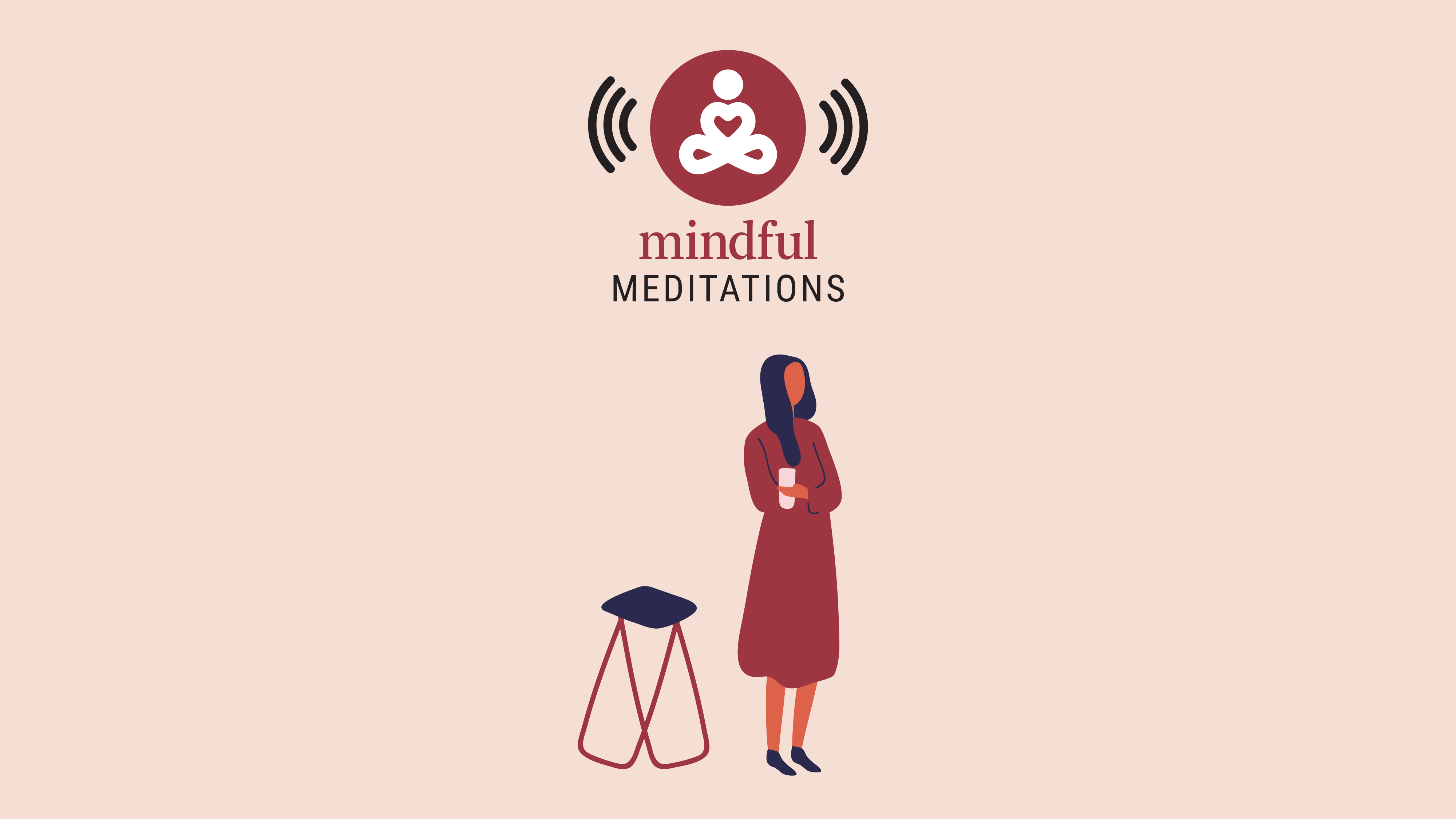Now that we’re more familiar and have had some experience working with the 3-minute breathing space practice, we’re going to invite it into our lives in a very particular way: this time, we’re going to use it in response to something that may be causing us stress in our lives.
What’s great is that we can either use this practice to prepare for something we expect will be stressful, or we can employ it after something stressful has happened, something we perhaps couldn’t anticipate.
Can you think of an event in your life that feels like some unfinished business? It could be an encounter that’s already happened, a tough conversation that you need to have in the coming days, an argument you had with someone last week. This doesn’t have to be huge event. In fact, I recommend you choose something that is fairly low in intensity. If you consider a 10-point scale of stress, with one being absolutely no stress and 10 being the most stress you’ve ever experienced, choose something that’s closer to a three, not one that would rank closer to a nine.
Take a moment to hold this event in mind—identifying who’s involved, identifying what happened. Then, when you have that in mind, allow yourself to practice the 3-minute breathing space in just the way we’ve been doing.
We’re going to dive right into this now. So let’s begin.
Breathing in Response to Stress
Watch the video:
Listen to the practice:
Breathing in Response to Stress
Read the practice:
1. Let’s move into a comfortable and supported sitting posture. Connect with the sensations of sitting where you are.
2. Let’s look into the mind by asking ourselves: What is my experience right now?Notice thoughts that might be present, emotions that may be here and any physical sensations that make themselves known. If emotions are present, try labeling them to yourself. For example, “there is anger,” or “here is fear,” or “sadness is present.” Just allow this content of the mind to be present. We don’t need to change or alter these elements in any way. Just watch them from one moment to the next as best you can.
3. Now try letting go of the current contents of your mind. Instead, bring your attention to a single-pointed focus on the breath at the belly. Allow your attention to rest here. Feel the sensations of breathing in this part of the body. Feel the rising of the belly on the in-breath. Feel the falling of the belly on the out-breath. We’re giving the mind just one thing to do here. Stay with the sensations, moment by moment and breath by breath.
4. Next, let’s try widening the scope of our attention around the belly, around the breath. The aim here is to get a sense of the whole body sitting and the whole body breathing. Notice whether there are any regions in your body where strong sensations are making themselves known. Notice any places in the body experiencing intensity. If you’re willing, invite your attention to those regions. Become curious about the nature of the intensity you’re feeling and the quality of the sensations in those spots. If it’s helpful, say to yourself, “It’s OK for me to feel—it’s already here.” Stay with this focus and with your breath.
5. Return attention to your breath even more fully. And when you’re ready, just allow your eyes to open gently.
Congratulations, you’ve just finished the 3-minute breathing space practice—responsive version. Consider it a variation on a theme. I invite you to try it again throughout the week. Just think of a situation that’s somewhat troublesome or worrying, and then allow that to become the first step of your practice, just introducing it. Then proceed through the practice as we’ve just done. See what you experience around this over the next seven days.
Remember, the 3-minute breathing space practice—no matter the version you’re trying—is intended to be something we invite right into the midst of our lives. I look forward to picking this up with you again during our fourth and final session. See you next week.



